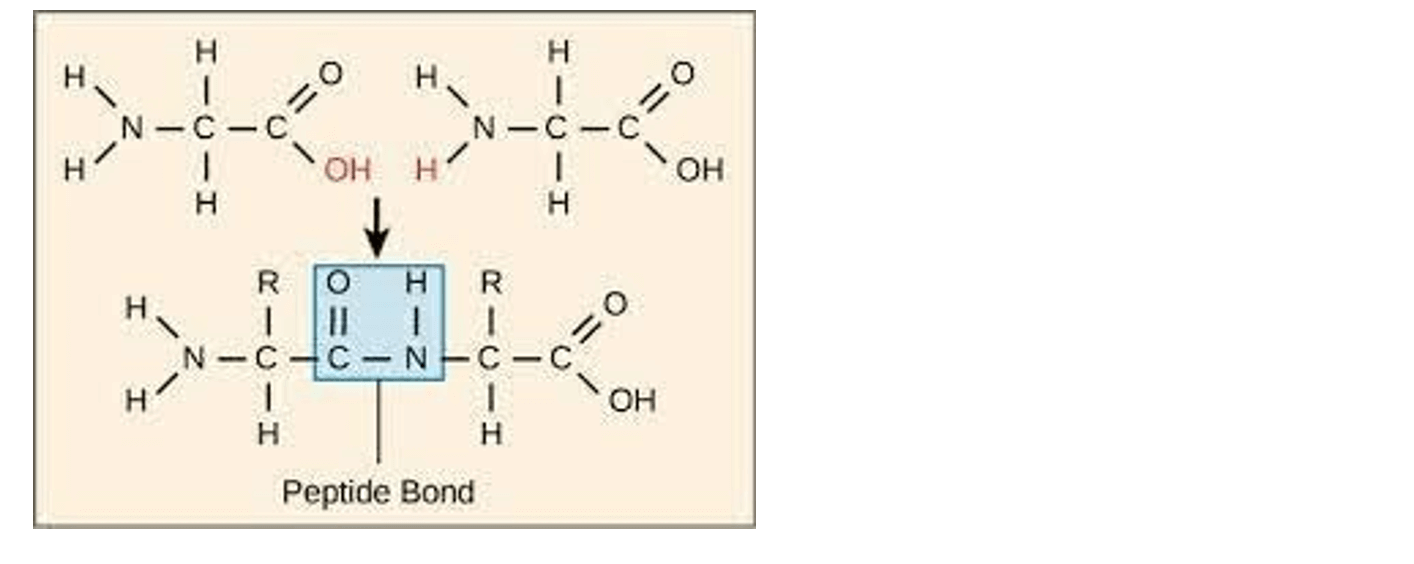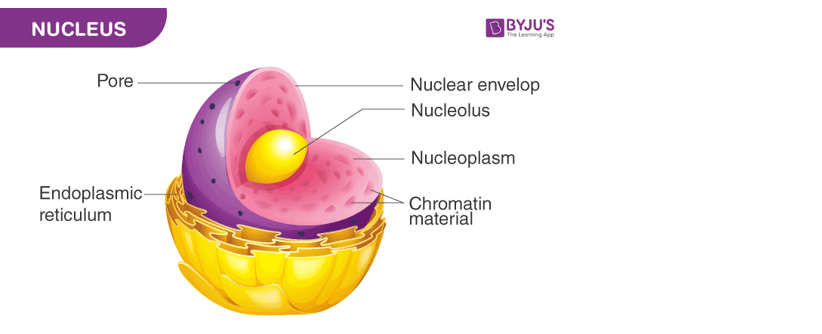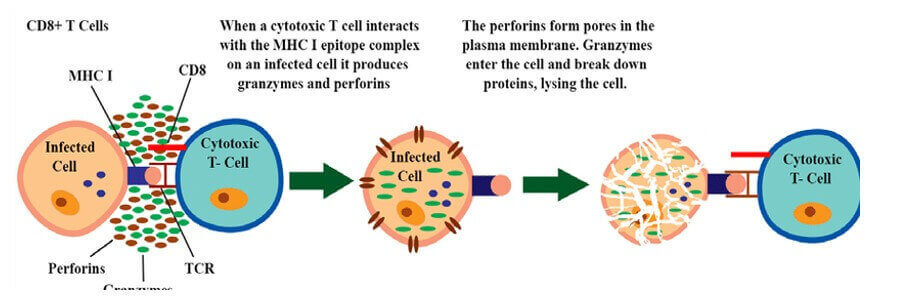Which of the following is correct regarding the pH scale?
A. A substance with a pH of 3 is two times more alkaline than a substance with a pH of 4.
B. A substance with a pH of 3 is 10 times more alkaline than a substance with a pH of 4.
C. A substance with a pH of 3 is two times more acidic than a substance with a pH of 4.
D. A substance with a pH of 3 is 10 times more acidic than a substance with a pH of 4.
The correct answer is d. A substance with a pH of 3 is 10 times more acidic than a substance with a pH of 4. The pH scale is a logarithmic scale, which means that each change of one pH unit represents a tenfold change in the hydrogen-ion concentration. A substance with a pH of 3 has a hydrogen-ion concentration that is 10 times greater than that of a substance with a pH of 4.
A. A substance with a pH of 3 is not two times more alkaline than a substance with a pH of 4.
B. A substance with a pH of 3 is not 10 times more alkaline than a substance with a pH of 4.
C. A substance with a pH of 3 is not two times more acidic than a substance with a pH of 4.

Therefore, the Correct Answer is D.





